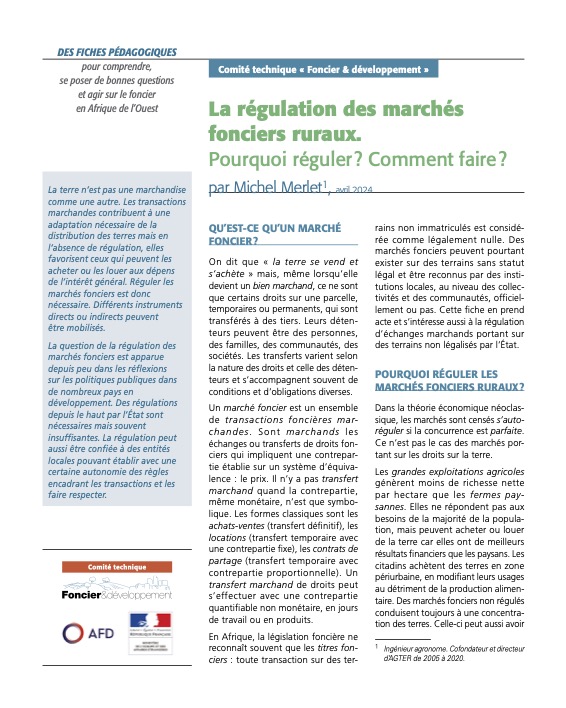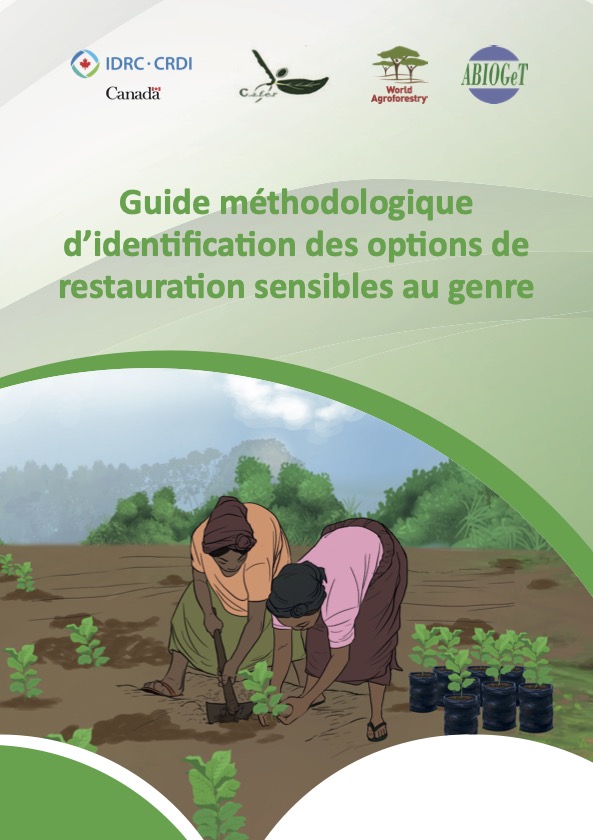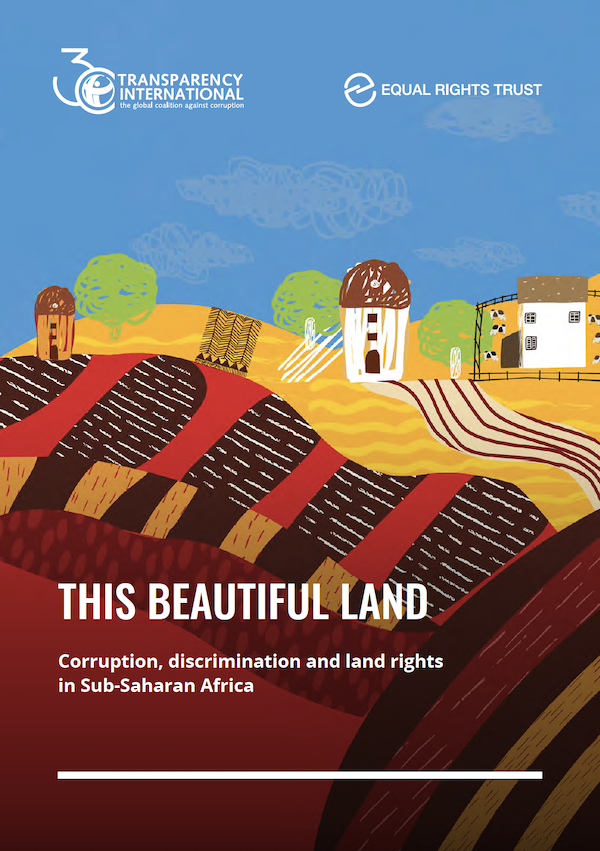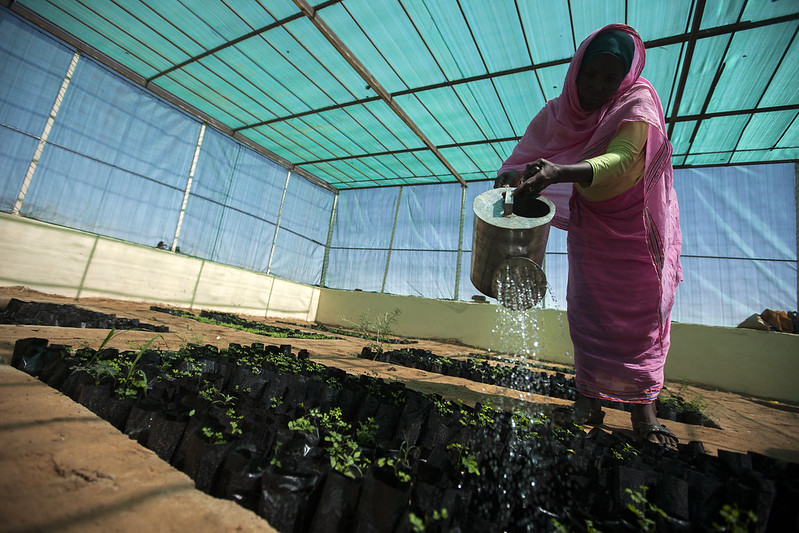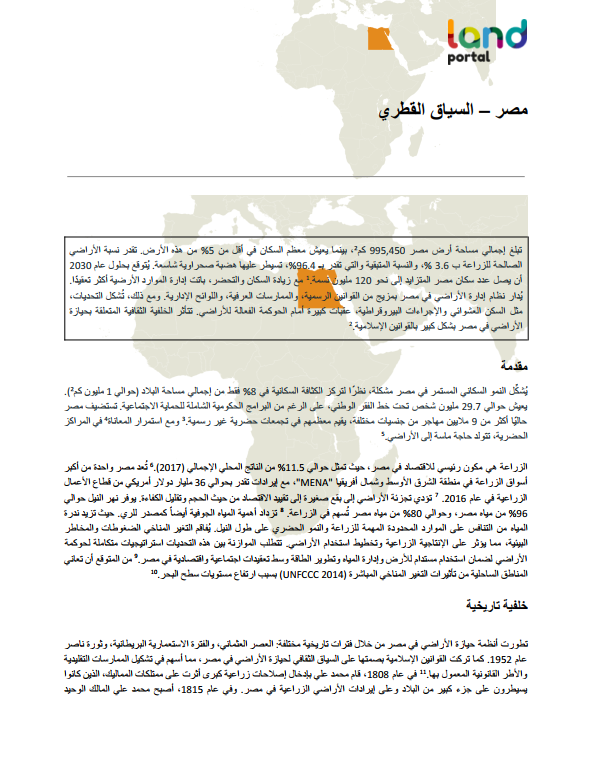Bonnes Expériences et Pratiques prometteuses de l’Evènement de GC du FO4ACP
Nous sommes ravis de partager avec vous la publication récente de l'Organisation Panafricaine des Agriculteurs (PAFO) : Gérer les Connaissances des Agriculteurs : "Bonnes expériences et pratiques prometteuses, de l'événement global de gestion des connaissances du FO4ACP".
Le document renferme des histoires venant d'Afrique, des Caraïbes et des îles du Pacifique, des régions impliquées dans la mise en oeuvre du programme FO4ACP.


